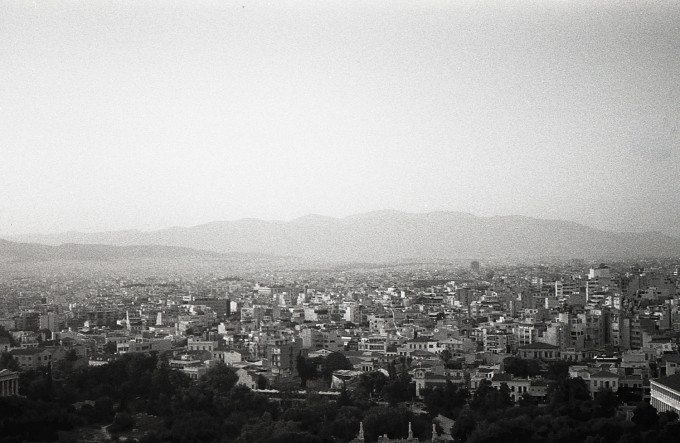Last Updated on 04/01/2015 by Julius Motal

There’s an oft-discussed approach to photography in which you go for several months to a year without looking at your photographs. This is easier if you shoot film, but requires far more diligence if you shoot digital. The mindset can be traced back to Garry Winogrand who famously would go for a year without looking at his negatives. The idea’s that it gives you enough distance between you and your photographs, so that you can be a more discerning editor of your own work. Eric Kim calls it “letting your photos marinate,” and while it’s a fine mindset to have if you have the luxury of time, it ultimately doesn’t matter whether you look at your images straight out of the gate or some time later.
For my own purposes, I find that it’s more important to know what the photos look like fairly soon after making them because I have more time to think about them. Of course, I’m not talking about chimping because I can’t make a full appraisal of the image until I see it on a bigger screen. When I’ve shot film, there has been considerable time between pressing the shutter and getting the negatives back, and that’s largely because there wasn’t any deadline to meet (and my preferred darkroom was a bit out of the way). When I got the negatives and looked over the images, I could remember the circumstances that led to their creation, and feel a faint echo of the feelings I felt in the moment.
“Photographers mistake the emotion they feel while taking the photo as a judgment that the photograph is good,” said Garry Winogrand.
He said this well before digital photography came into being, and it couldn’t have been more prescient for a number of reasons. I’ve had plenty of photographs that I thought were good shortly after making them, only to have a change of heart a while later. Yet, a good image, a truly good image, is good regardless of whether you look at it an hour after making it or a year after making it.
My ability to self-edit isn’t necessarily predicated on emotional separation of the image because they’re still my babies. Rather, it’s a matter of suppressing the dopamine rush that comes with pressing the shutter and seeing the image later. It’s difficult to be objective with my own work, which is why I’ll occasionally show my work to trusted friends and say, “Kill my darlings.”
If you find that waiting a considerable amount of time helps you, then wait. If it doesn’t, then don’t worry about it. There isn’t one way to approach your images after you’ve made them. There’s only the way that works for you.

